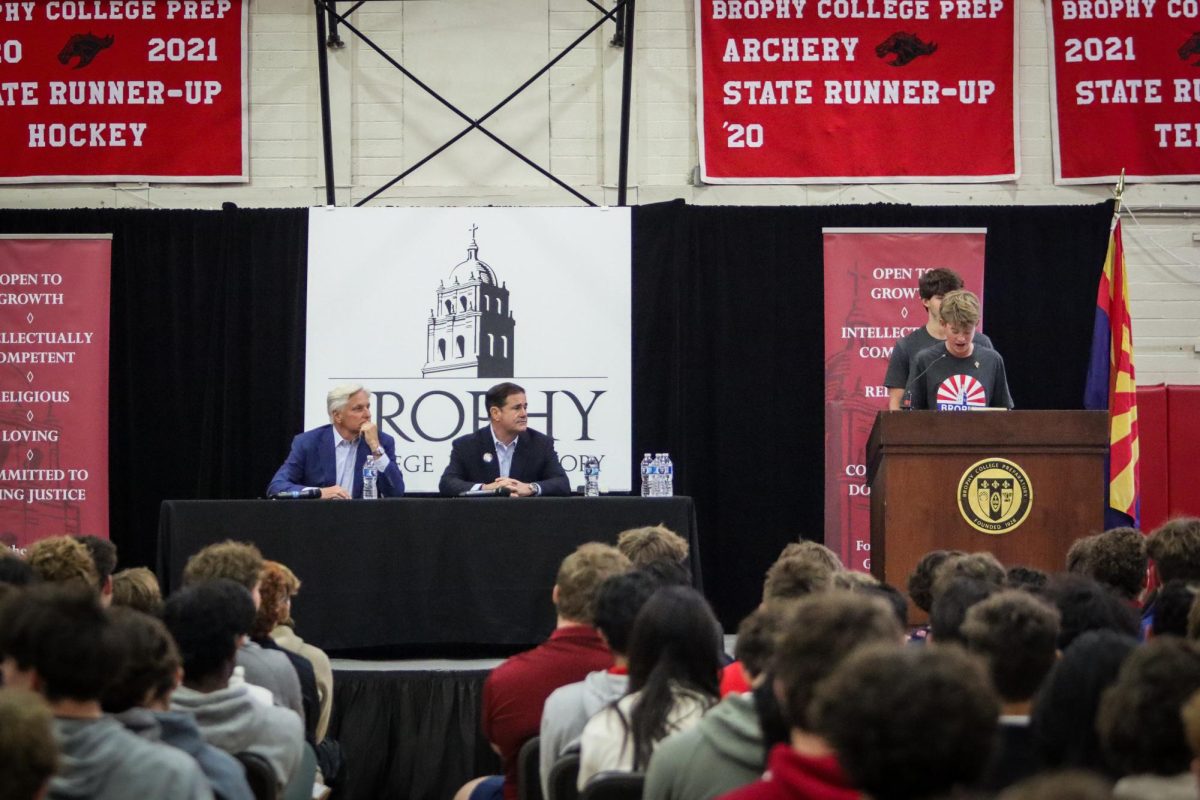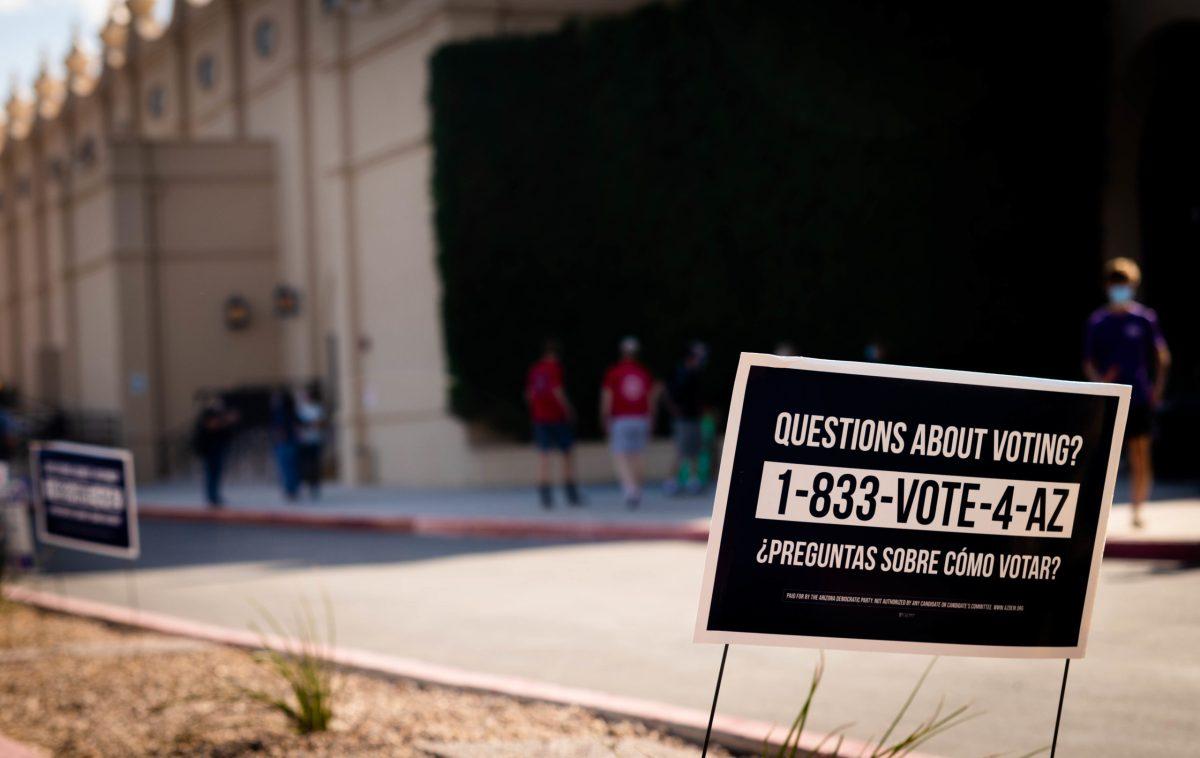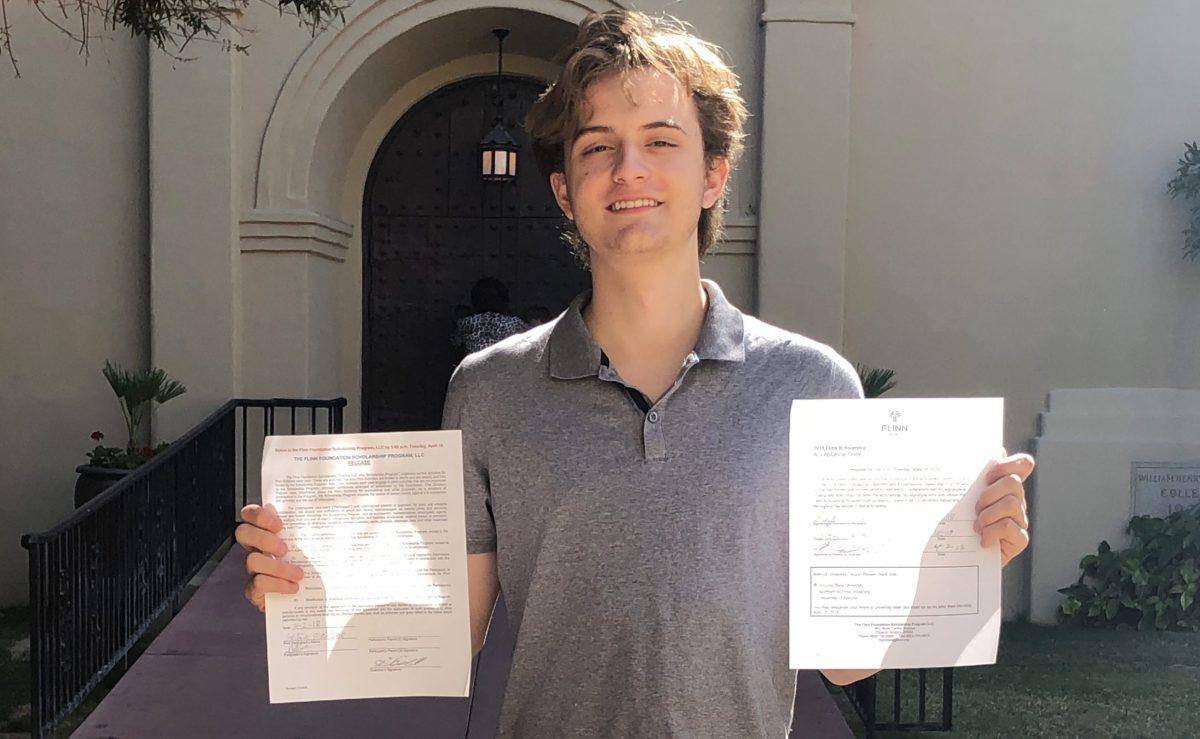By Jack Davis ’19
THE ROUNDUP
From their first day of high school to the last game they suit up for, every athlete works in their respective sports with the goal of a starting position.
“A lot of playing time in games is determined by effort and performance in practice,” said varsity basketball assistant coach Mr. Austin Pidgeon ’08. “I think coaches always evaluate players during practices even before they have tryouts.”
“A lot of things like attitude, chemistry with the team and obviously performance in the specific sport [determine a starting lineup],” he added.
Head basketball coach Mr. Matt Hooten said a variety of factors play a role in starting lineup decisions, including practices, individual performances and the way a collective group of players perform with each other.
Mr. Hooten said that lineups are subject to the opponent’s strengths and weaknesses.
“This year, we switched off between man and zone, so sometimes we made decisions on lineups based on which type of defense we were playing,” he said.
“This year, we started at least eight guys three different times … we had a lot of different guys moving in and out of the lineup this year,” Mr. Hooten added.
Freshman football head coach Mr. Scott Heideman, who has previously coached varsity football as an assistant, said that being a fit was an important factor in determining the depth chart.
“The keys to go into the starting lineup, I would say in any sport, but particularly in football, is that you are putting the best kids at the spot that you can put there,” Mr. Heideman said.
However, high-potential and athletic players can still find their way onto the field as a rotational piece.
“Sometimes, obviously, you feel there’s an athlete who has a lot of potential,” Mr. Heideman said. “With a good field of vision, good agility, good footwork and good technique, who might not be in a position to play behind guys that are better than him but is good enough to have to kind of move around and find a spot for him.”
Mr. Heideman said that he enjoys the challenge of finding the right blend of players.
“I think that’s kind of what I enjoy most about football is that challenge of putting the 11 best players on the field together and learning as you go through the season if that changes by the progress of the other athletes,” he said.
After an athlete spends multiple years in a program, it is a common thought that their hard work could be rewarded with playing time when they’re an upperclassman.
However, Mr. Pidgeon said that the basketball team doesn’t necessarily take seniority into account.
“I can’t speak for all coaches in all programs, but with the basketball program, seniority is not necessarily a factor,” Mr. Pidgeon said. “I think the best players play regardless of grade level.”
Mr. Hooten also said that seniority isn’t a determining factor when lineups are finalized.
“Certainly, we’re going to look at guys who have been in our program and at the varsity level for a longer period,” Mr. Hooten said. “But at the end of the day, we’re looking for the combinations that are going to work the best for us.”
“We had seven returning varsity players this year, but one of our starters was very consistently coming from the JV team last year,” he added. “It’s certainly something we look at, but not a determining factor.”
Mr. Heideman said that in the case of position-battle ties, the edge goes to seniority.
“I think, to be honest, seniority would be a factor for me if two guys with equal talent were competing for the same spot,” he said. “I would give favor to the upperclassmen at that point.”























